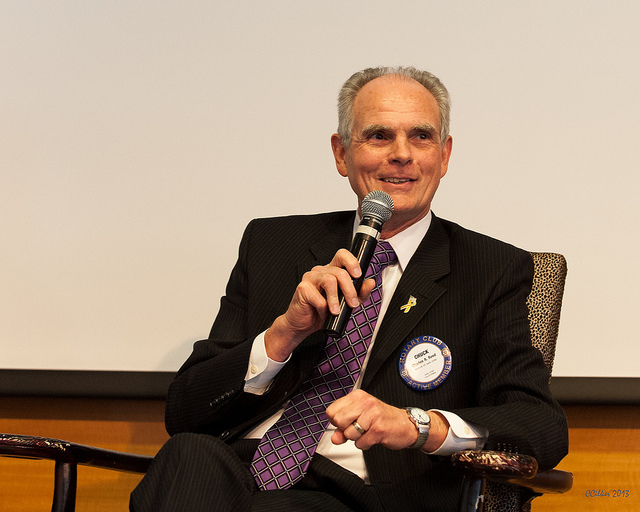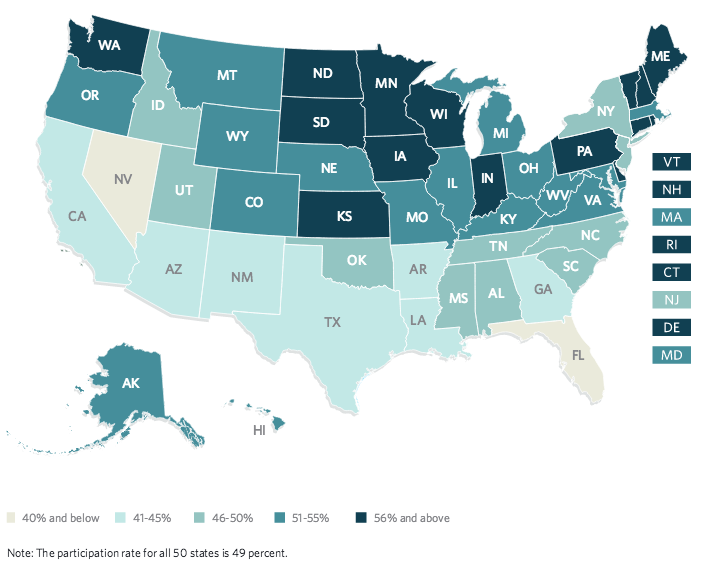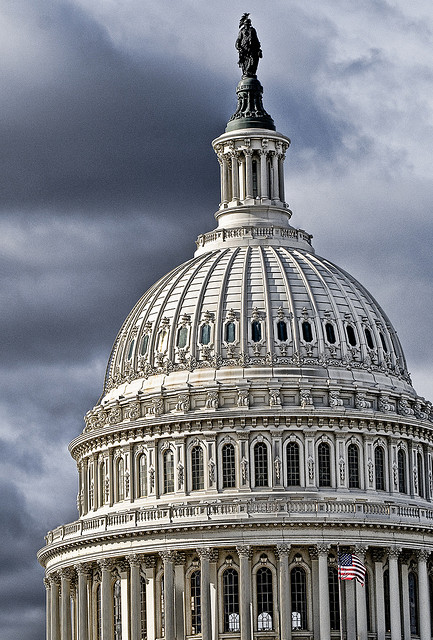A Greek official made it clear last week that further pension cuts would be a non-starter in negotiations with creditors.
But the country’s finance minister this week said he is willing to discuss pension reforms with the IMF – if it means their bailout review will be quick.
From Reuters:
Greece’s international lenders – the IMF and the European Union – are widely expected to launch a review this week of the reforms Athens has adopted as part of a bailout package it clinched last year to avert bankruptcy. Technical teams are already in Athens.
“We are even ready to discuss the pension reform, as long as the IMF wants to conclude this discussion in a timely manner,” Euclid Tsakalotos told a news conference.
[…]
The review, if concluded sucessfully, could pave the way for discussions on debt relief that Greece has long sought, coax back investments and help its crippled economy return to growth.
Meanwhile, several unions are planning a strike to protest the planned reforms. From ABC:
Union discontent is growing in Greece against planned pension reforms, with civil servants joining in a strike by private sector workers next month in what will be the first general strike of the year in the financially struggling country.
The ADEDY umbrella civil service union said Monday it will participate in the Feb. 4 strike, and accused the radical left-led government of aiming to “plunder” pensions through drastic new cuts.
Unions representing lawyers, doctors and engineers have also strongly protested the draft reforms, which would significantly increase their social security contributions.
One condition of the IMF bailout is that Greece trim nearly $2 billion in pension costs.
Photo credit: “Flag-map of Greece” by en.wiki: Aivazovskycommons: Aivazovskybased on a map by User:Morwen – Own work. Licensed under Public Domain via Wikimedia Commons










